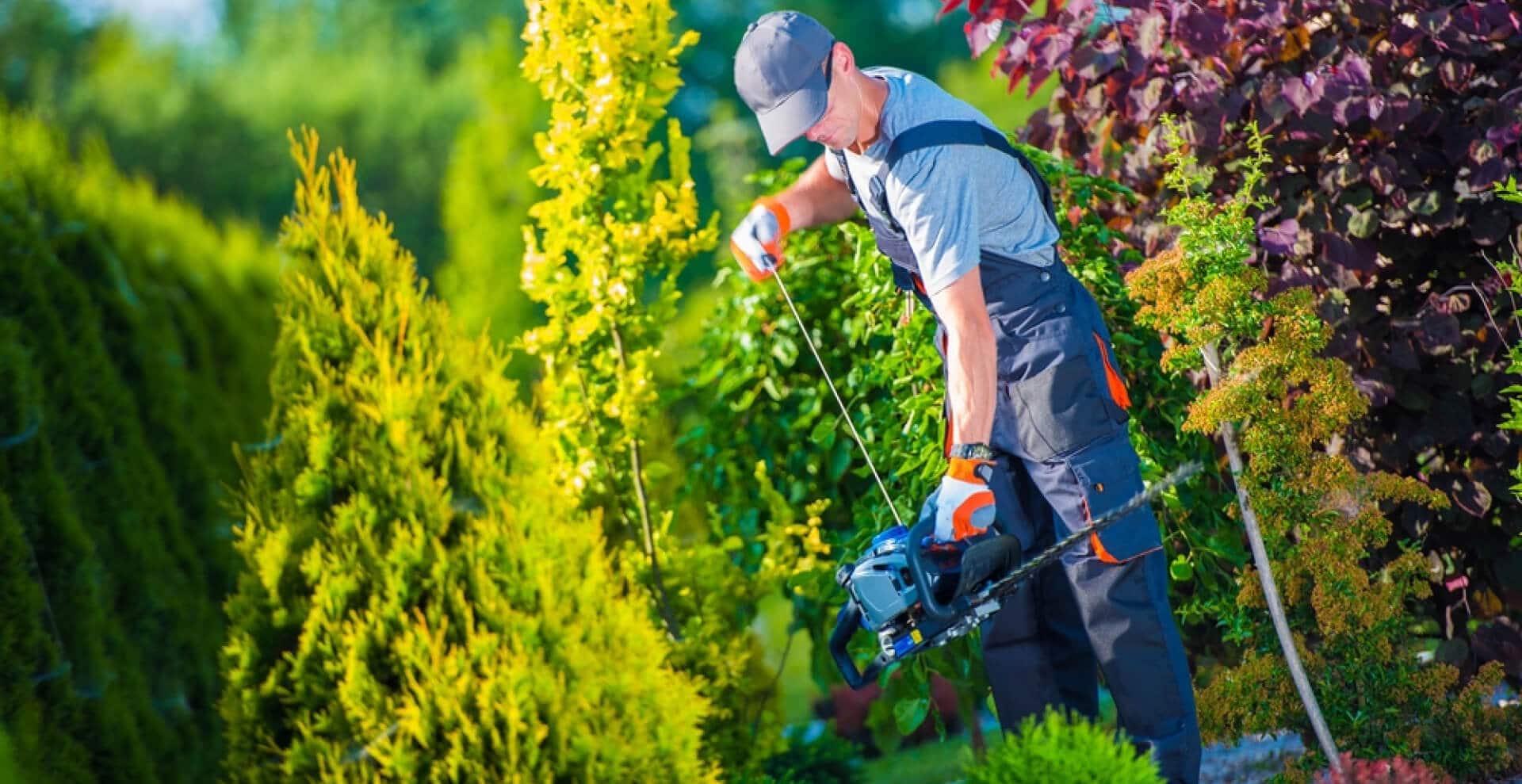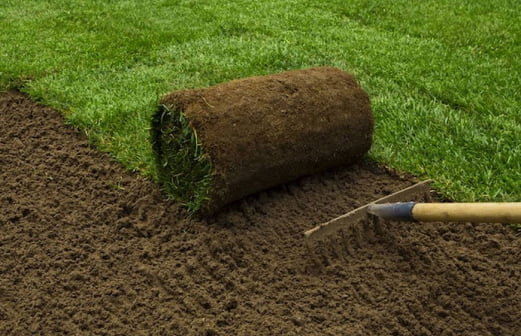
Drought-Tolerant and Eco-Friendly Native Plants
Creating a sustainable and eco-friendly garden in the Northeastern United States can be a rewarding experience, especially when you incorporate drought-tolerant native plants. Native plants not only thrive in the region’s climate but also offer numerous benefits for the environment and local wildlife. In this article, we will explore the advantages of using native plants in Northeastern landscapes, provide a list of drought-tolerant species that flourish in the area, and offer sustainable gardening practices suitable for DIY homeowners with limited gardening skills.
The Advantages of Using Native Plants
Climate Adaptation
Native plants are well-adapted to the specific climate of the Northeast, including its cold winters and humid summers. Once established, they require minimal water and maintenance, making them ideal for conserving resources and withstanding weather fluctuations.
Biodiversity Support
Native plants provide crucial habitat and food sources for local wildlife, including birds, butterflies, and pollinators. By incorporating native plants into your landscape, you are fostering biodiversity and contributing to the health of the ecosystem
Reduced Water Usage
Drought-tolerant native plants are naturally equipped to survive with minimal irrigation. Using them in your garden helps conserve water resources, making them an eco-conscious choice in regions prone to dry spells.
Soil Health Improvement
Native plants have deep root systems that improve soil structure and prevent erosion. Their root systems also enhance water infiltration and nutrient retention, leading to healthier soil over time.
Low Maintenance
Once established, native plants require little to no fertilizer or pesticides, reducing the need for chemical inputs. Their resilience to pests and diseases makes them a low-maintenance and environmentally friendly option.
Drought-Tolerant Native Plants for Northeastern Landscapes
Butterfly Weed (Asclepias tuberosa)
A beautiful perennial with vibrant orange flowers that attract butterflies and other pollinators.
Coneflower (Echinacea purpurea)
A classic perennial known for its daisy-like pink or purple flowers, which also attract bees and butterflies.
Black-Eyed Susan (Rudbeckia hirta)
A hardy perennial with cheerful yellow flowers that bloom throughout the summer, attracting pollinators.
New England Aster (Symphyotrichum novae-angliae)
A tall and robust perennial with lavender-purple flowers, a favorite of bees and butterflies.
Little Bluestem (Schizachyrium scoparium)
An ornamental grass with blue-green foliage and attractive seed heads that add texture and interest to the landscape.
Eastern Red Cedar (Juniperus virginiana)
A drought-tolerant evergreen tree that provides year-round interest and serves as a valuable shelter and food source for wildlife.
Red Maple (Acer rubrum)
A native tree known for its brilliant red foliage in the fall and its adaptability to various soil conditions.

Sustainable Gardening Practices for DIY Homeowners
Mulching
Apply a layer of organic mulch around the base of your plants to conserve moisture, suppress weeds, and improve soil health.
Rainwater Harvesting
Collect rainwater in barrels or containers to use for watering your garden during dry periods.
Composting
Start composting kitchen scraps and garden waste to create nutrient-rich soil amendments for your plants.
Integrated Pest Management (IPM)
Adopt IPM practices to control pests and diseases using environmentally friendly methods, such as releasing beneficial insects or using soap-based sprays.
Native Plant Guilds
Group native plants together based on their complementary growth habits and functions, such as attracting pollinators or repelling pests.
Incorporating drought-tolerant native plants into your Northeastern landscape not only enhances its beauty but also contributes to the health of the environment and local wildlife. These plants are well-suited to the region’s climate and require minimal water and maintenance once established. By adopting sustainable gardening practices, DIY homeowners can create a vibrant and eco-friendly garden that supports biodiversity and conserves valuable resources. Embrace the beauty and benefits of native plants in your garden, and you’ll be rewarded with a thriving and sustainable outdoor space for years to come.



